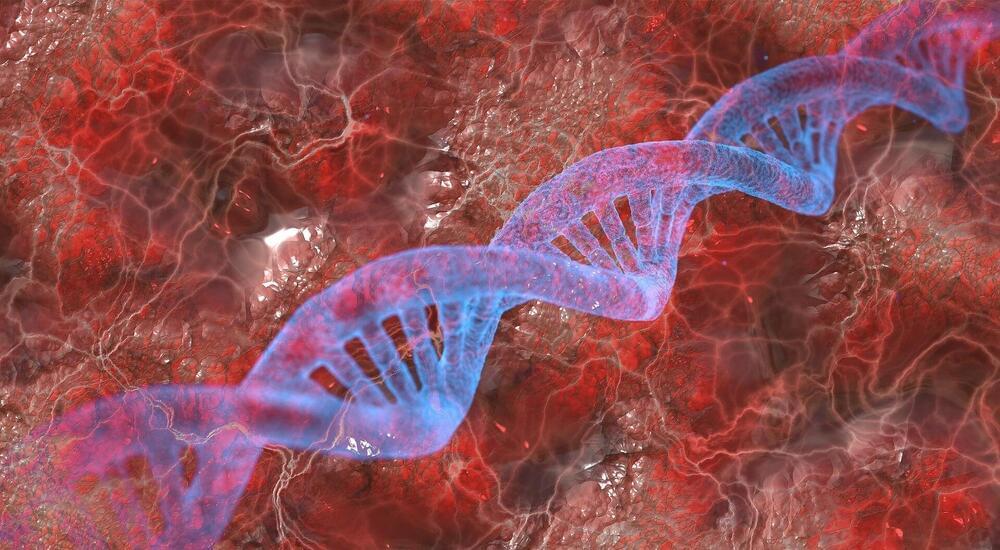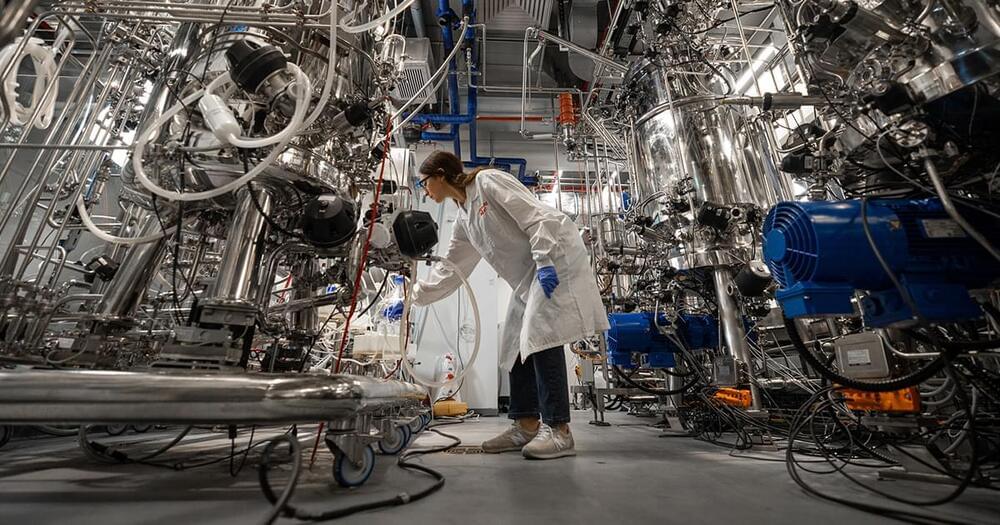Aug 31, 2022
Nile waterscapes facilitated the construction of the Giza pyramids during the 3rd millennium BCE
Posted by Gemechu Taye in categories: materials, transportation
Ancient engineers might have built a canal on the Nile.
No one has solved the mystery of the Giza pyramids for centuries. Although archaeologists and scientists have tried to reveal how they were made over the years, it is difficult to say the “exact method” for sure. However, very recently, an idea has been put forward by researchers about how the pyramids were built.
According to a recent study — published in PNAS in August. 29 —the pyramids of Giza may have been built using a former arm of the Nile River. This river branch would have served as a navigable route for the transportation of goods not previously known.


















